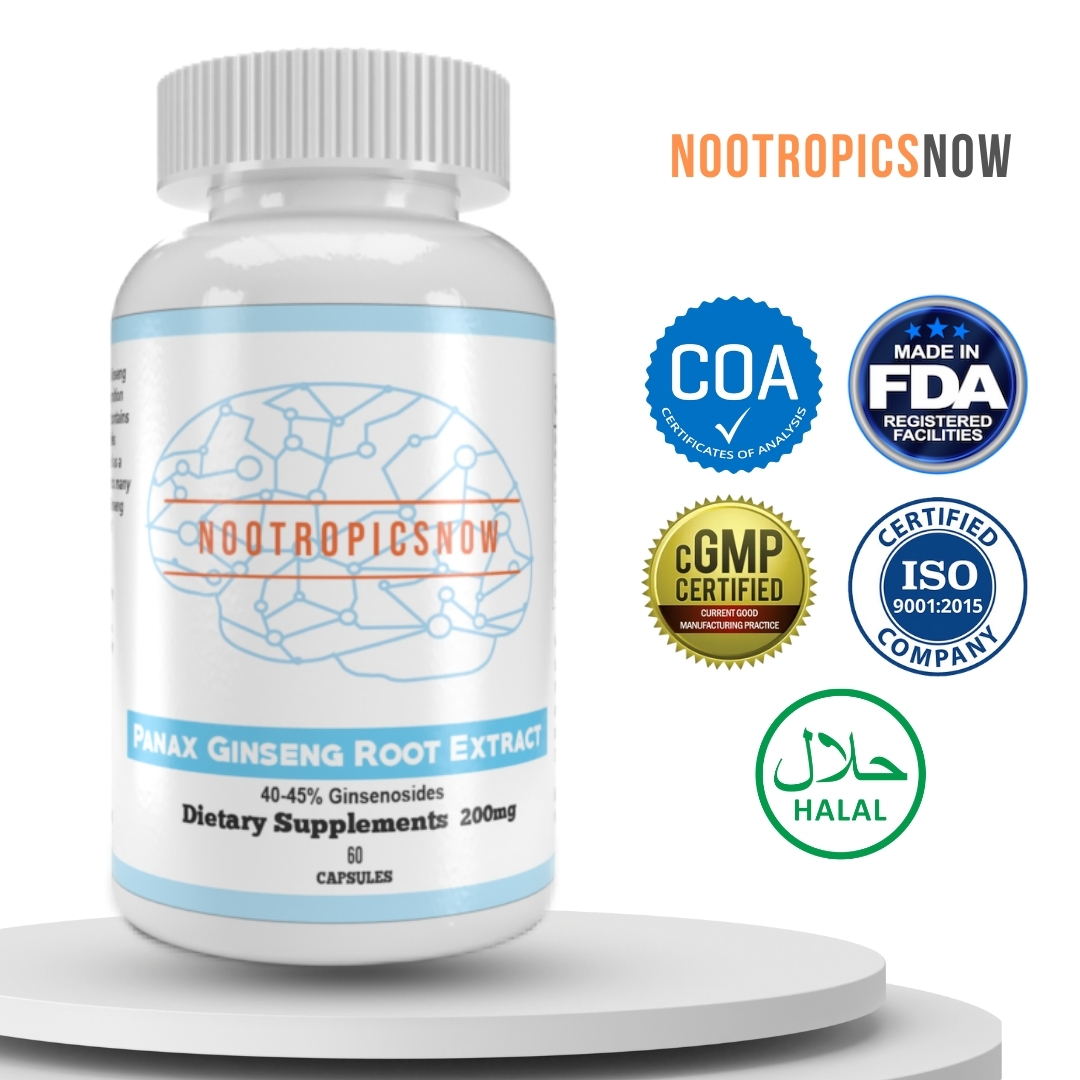Ginseng Philippines: Benefits & Where to Buy

Ginseng Philippines: Unveiling the Truth About “Philippine Ginseng”
When exploring the world of herbal remedies and traditional medicine in the Philippines, the term “ginseng” often surfaces. However, the story of ginseng in the Philippines is not as straightforward as it may seem. While the term is used, it frequently refers to a plant distinctly different from the true ginseng varieties renowned in other parts of the world, particularly East Asia. Understanding this distinction is crucial for consumers seeking the purported health benefits associated with ginseng.
The Misnomer: Understanding “Philippine Ginseng”

It’s important to clarify that what is colloquially referred to as “Philippine Ginseng” is most commonly the Jatropha podagrica, also known as the Buddha Belly Plant or Gout Plant. This plant, belonging to the Euphorbiaceae family, is often mistaken for or marketed as ginseng due to its perceived medicinal properties and commercial value within the Philippines. True ginseng, belonging to the Panax genus, is a separate entity entirely.
True Ginseng (*Panax* Species):
True ginseng refers to plants belonging to the Panax genus, which includes:
These true ginseng varieties are prized for their ginsenosides, the active compounds believed to contribute to their medicinal effects.
Buddha Belly Plant (*Jatropha podagrica*): A Different Entity
The Jatropha podagrica, on the other hand, is a succulent plant characterized by its swollen, bottle-shaped stem (hence the name “Buddha Belly”) and bright red flowers. While it has its own traditional uses, it lacks the ginsenosides that define true ginseng.
The Controversy: Why the Confusion?
The use of the term “Philippine Ginseng” for Jatropha podagrica stems from several factors:
Traditional Uses of *Jatropha podagrica* in the Philippines
While not a true ginseng, Jatropha podagrica has a history of traditional use within the Philippines. These uses vary, and it’s essential to note that scientific evidence supporting these claims is often limited. Some traditional uses include:
The Dark Side: Toxicity and Safety Concerns
A critical aspect of Jatropha podagrica that cannot be overlooked is its toxicity. The plant contains compounds that can be harmful if ingested or handled improperly.
Therefore, if you see the Buddha Belly plant, it is best to admire from afar and not handle it.
True Ginseng in the Philippine Market: Availability and Regulation
Despite the prevalence of Jatropha podagrica being marketed as ginseng, true ginseng products are available in the Philippines. These are typically imported and can be found in health food stores, pharmacies, and online retailers.
Availability:
Regulation:
The regulation of herbal medicines and supplements in the Philippines falls under the purview of the Food and Drug Administration (FDA).
Consumers should always check for FDA registration and look for reputable brands when purchasing ginseng products.
Ginseng Trade in the Philippines
Interestingly, the Philippines plays a small role in the global ginseng trade, both as an exporter and importer. However, the numbers are relatively modest.
Exports:
Imports:
These figures suggest that while there is some trade activity involving ginseng in the Philippines, it is not a significant player in the global market.
How to Identify True Ginseng Products
Given the potential for confusion, consumers need to be vigilant in identifying true ginseng products. Here are some tips:
Benefits of True Ginseng: What the Science Says
True ginseng has been the subject of numerous scientific studies, and some evidence suggests potential health benefits. However, it’s important to note that the research is not conclusive, and more studies are needed. Some of the purported benefits include:
However, it’s crucial to approach these claims with caution and consult with a healthcare professional before using ginseng for any specific health condition.
Other Cognitive Enhancement Alternatives in the Philippines
Filipinos looking to boost their cognitive function have access to a range of alternatives beyond ginseng, whether true or mislabeled. Nootropics and supplements such as Lion’s Mane Mushroom, Bacopa Monnieri Capsules, and Rhodiola Rosea are readily available online and in select stores, offering potential cognitive benefits with varying mechanisms of action. Always research thoroughly and consult healthcare professionals before trying new supplements.

View Product

View Product

View Product
The Bottom Line: Proceed with Caution and Informed Choices
The story of “ginseng” in the Philippines is a cautionary tale about the importance of accurate information and informed consumer choices. While the Jatropha podagrica (Buddha Belly Plant) is sometimes marketed as Philippine Ginseng, it is not a true ginseng and carries potential toxicity risks. Consumers seeking the benefits of true ginseng should look for products that clearly identify the Panax species and consult with healthcare professionals before using any herbal remedy. Always prioritize safety and make informed decisions based on reliable information.
Ginseng in the Philippines: Unveiling the Truth
Ginseng, celebrated globally for its purported health benefits and centuries-old history in traditional medicine, holds a unique position in the Philippines. However, the term “ginseng” can be misleading within the Philippine context. Frequently, what is locally referred to as ginseng is, in fact, the Jatropha podagrica, commonly known as the Buddha Belly Plant or bottleplant shrub. This crucial distinction demands careful examination. We will delve into the differences between true ginseng (species of Panax) and the Jatropha podagrica often mislabeled as such, explore the trade dynamics of genuine ginseng in the Philippines, and highlight the critical safety considerations associated with herbal medicines, especially those marketed under the name “ginseng”.
Distinguishing True Ginseng from *Jatropha podagrica*
The first step to understanding ginseng in the Philippines lies in clearly differentiating the legitimate Panax ginseng from the frequently encountered Jatropha podagrica.
True Ginseng: The *Panax* Genus
True ginseng belongs exclusively to the Panax genus. Several species exist within this genus, each with its own distinct properties and geographic origin. The most well-known include:
These species contain unique compounds called ginsenosides, which are believed to be responsible for their therapeutic effects. Although traditionally respected, scientific validation for its use has been inconsistent, and is not approved by the US FDA for disease treatment or prevention[5]. They are believed to influence various physiological processes, including immune function, cognitive function, and energy metabolism.
The Buddha Belly Plant: *Jatropha podagrica* (Philippine “Ginseng”)
In stark contrast, the Jatropha podagrica, a succulent plant native to Central America, is often mistakenly called “ginseng” in the Philippines. This misnomer can lead to confusion and potentially dangerous practices. This plant, easily recognizable by its swollen stem resembling a Buddha’s belly and vibrant red flowers, is cultivated as an ornamental plant and occasionally used in traditional medicine. However, it is not a true ginseng and lacks the ginsenosides characteristic of the Panax genus.
Key Differences Summarized:
| Feature | True Ginseng (Panax spp.) | Jatropha podagrica (Buddha Belly Plant) |
|---|---|---|
| —————- | ————————— | —————————————— |
| Genus | Panax | Jatropha |
| Key Compounds | Ginsenosides | None |
| Origin | East Asia, North America | Central America |
| Main Uses | Cognitive & Physical Enhancement | Ornamental, Traditional Medicine (Cautiously) |
| Safety Profile | Generally safe in moderation | Contains toxins; use with extreme caution |
Why the Confusion?
The reason for the misidentification likely stems from several factors:
Trade Dynamics of Ginseng in the Philippines
Despite the local confusion surrounding ginseng, the Philippines does participate in the global ginseng trade. The statistics, however, reveal a complex picture:
Export Activity
According to recent trade data, in 2023, the Philippines exported ginseng roots valued at approximately $103,000[1]. This figure positions the Philippines as the 21st largest exporter of ginseng roots globally. The primary destinations for these exports include:
Leading companies involved in exporting ginseng roots from the Philippines to the United States in 2023 were Del Monte Foods, Yokohama Industries, and ABB Motors and Mechanical [1]. These statistics suggest that ginseng, even if imported, is processed or repackaged in the Philippines before being re-exported.
Import Activity
Conversely, the Philippines’ imports of ginseng roots are significantly lower. In 2023, the country imported only $97 worth of ginseng roots, primarily from Hong Kong [1]. This stark contrast between export and import values suggests that the Philippines may be involved in processing or re-exporting ginseng rather than being a major consumer of raw ginseng roots.
Implications
The trade data highlights the following key points:
Safety Concerns and Herbal Medicines
The use of herbal medicines, including those marketed as “ginseng,” raises significant safety concerns.
Toxicity of *Jatropha podagrica*
The Jatropha podagrica, often mistaken for ginseng in the Philippines, contains toxic compounds. Ingestion of the plant, particularly the seeds and sap, can cause:
Due to its toxicity, Jatropha podagrica should be handled with caution, and ingestion should be strictly avoided. Despite these risks, the plant is sometimes used in traditional medicine for various purposes, highlighting the need for consumer education and regulation.
General Risks of Herbal Medicines
Beyond the specific risks associated with Jatropha podagrica, the use of herbal medicines in general poses several safety concerns:
Case Studies and Warnings
Numerous case studies and warnings highlight the potential dangers of herbal medicines. Some notable examples include:
These incidents underscore the importance of exercising caution when using herbal medicines and seeking advice from qualified healthcare professionals.
Recommendations for Consumers in the Philippines
Given the complexities and safety concerns surrounding ginseng in the Philippines, the following recommendations are essential for consumers:
The Role of Regulatory Agencies
To protect consumers, regulatory agencies in the Philippines play a crucial role in ensuring the safety and quality of herbal medicines. These agencies should:
By taking these steps, regulatory agencies can help ensure that consumers in the Philippines have access to safe and effective herbal medicines while protecting them from the potential dangers of misidentified or adulterated products.
In conclusion, while true ginseng has a rich history in traditional medicine, its effectiveness is not supported by modern clinical research. In the Philippines, the term “ginseng” often refers to the Buddha Belly Plant, which is toxic and should be used with caution. It is essential to consult a doctor or expert herbalist before using any herbal medicine to ensure safety and avoid adverse effects. In the Philippines, it’s essential to be aware that “ginseng” may not always mean true Panax ginseng and that other substances often marketed as such may have toxic properties.





